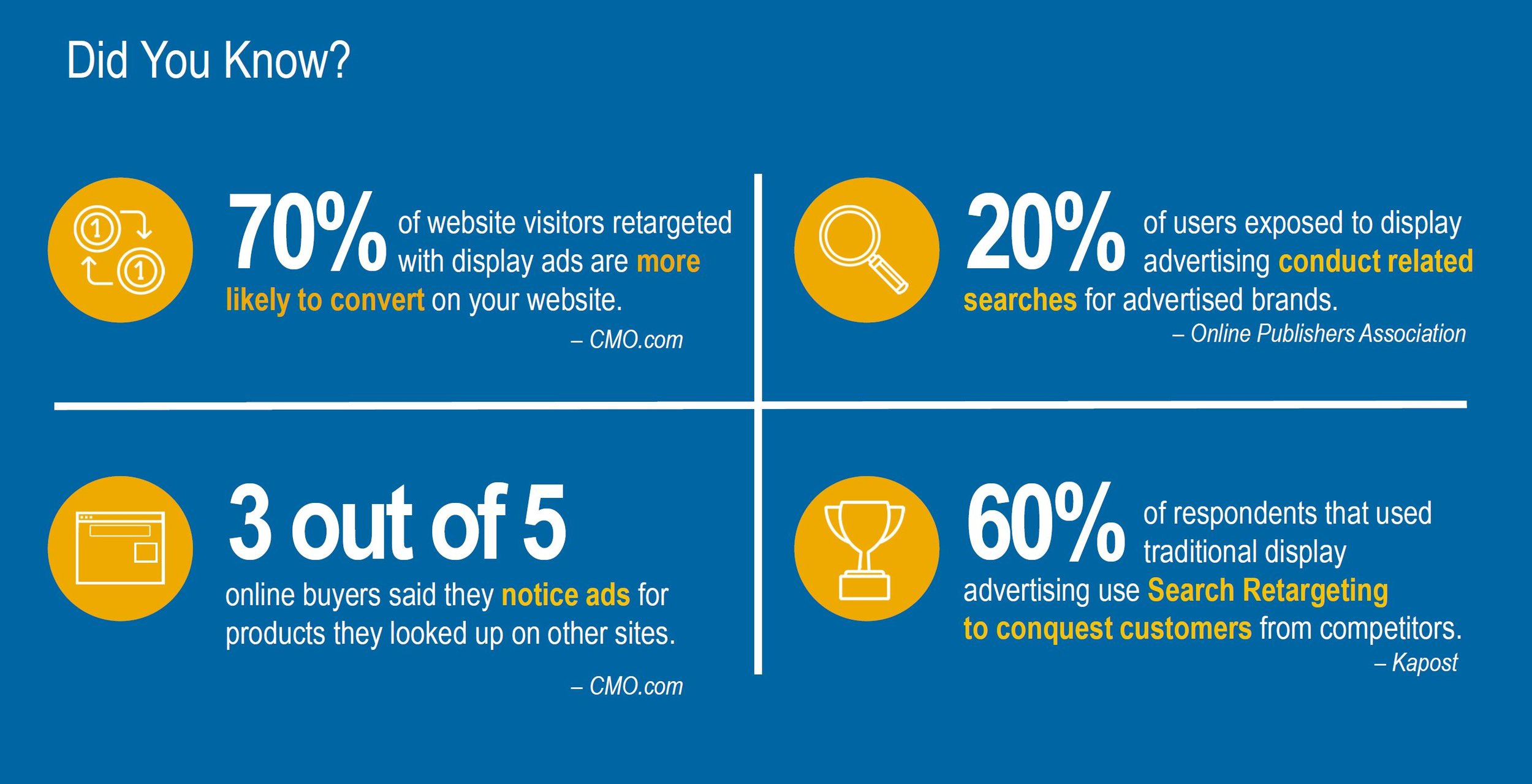Trade Shows Are Still One of Your Best Investments
Trade shows remain one of the most effective ways for product manufacturers and suppliers to reach qualified buyers, specifiers, partners, and press. Whether you're exhibiting at AIA, GlassBuild America, World of Concrete, or a niche vertical event for architects, contractors, or facility management leaders—success comes down to strategy.
And not just at the show. The most productive exhibitors plan several months in advance to ensure their presence delivers measurable returns.
Long-Range Planning: Start Early to Secure Strategic Advantage
If you're exhibiting at a major industry event, start planning at least 90 days—and up to a year if you intend to:
Upgrade your exhibit display or create a new one
Host a hospitality event or business meeting
Secure premium booth placement or offsite venues
Prime exhibit locations and hospitality spaces sell out quickly. Early planning ensures you don’t miss your opportunity to make a lasting impression. No one wants to be on the back wall, next to the restrooms or freight elevator!
Pre-Show Preparation: Build Momentum Before You Arrive
Here’s how to make your presence known before the show floor even opens:
Set clear goals. Are you focused on lead volume, partner meetings, brand awareness, or customer retention? Define what success looks like and align your team.
Promote early and often. Use email campaigns, social media, and your website to announce your participation. Share booth highlights, product debuts, demos, and an invitation to your company’s hospitality event if applicable.
Ask your team members who will be staffing the booth to be an advocate for the event by sharing, liking, and commenting on event-related social media posts to help spread the word.
Include calls to action. Offer free guest registration codes, links to your meeting scheduler, or previews of what visitors can expect to experience in your space.
Publish a press release. Announce product launches, strategic partnerships, or what you’ll be demonstrating at the booth.
Get your entire team involved. Don’t just rely on reps attending the show. Ensure that all sales and customer service teams are promoting the event to their contacts—regardless of whether they’re attending. Don’t assume who is or isn’t going. Share widely.
Book meetings in advance. Reach out to customers, vendors, and media contacts well in advance of the show. Fill your schedule with strategic touchpoints.
Driving Booth Traffic: Make Your Exhibit a Destination
In a crowded expo hall, proactive engagement strategies can dramatically improve foot traffic.
Be an event sponsor. Gain exposure through signage, show app placements, or sponsored sessions.
Offer to speak or facilitate an AIA continuing education course. This will position your company as an industry expert.
Promote live demos. Publicize specific times when you'll be showcasing a product or feature.
Host a cocktail party, coffee service, or luncheon. Either in your booth or at a nearby venue. Invite customers, prospective buyers, media representatives, and other business partners for an extended networking.
Use your platforms. Share teaser videos, product spotlights, and booth sneak peeks via LinkedIn and email campaigns.
Send reminders. Don’t just promote once. Build anticipation with a content series and email reminders leading up to the event.
Booth Etiquette & Presentation: Your Brand Is on Display
Once the show begins, your booth becomes a live-action representation of your brand. Every interaction counts.
Wear branded apparel to maintain professionalism and brand consistency. Especially if you have a large booth, otherwise, how will prospective buyers distinguish between exhibit staff and other visitors?
Stand and engage—do not sit, eat, or scroll your phone while in the booth. If you must respond to a text, call, or email, step out of the space and into the aisle to do this.
Keep the booth clean throughout the day. No coffee cups, water bottles, or clutter.
Display materials prominently. Ensure product brochures, giveaways, and samples are easily accessible and clearly presented.
Encourage interaction. Let visitors pick up, touch, or demo products where possible. Hands-on engagement is memorable.
Train your exhibit team. Everyone should be aware of the key messages, differentiators, and next steps for visitors.
Host live demos or micro-presentations. These draw crowds and spark conversation.
Lead Capture & Tracking: Every Contact Counts
Don’t leave leads to chance. Create a structured approach for collecting, qualifying, and organizing contacts.
Scan every badge—even current customers. This helps track engagement and informs year-over-year metrics.
Tag and qualify leads immediately. Note what products they showed interest in and what follow-up is required.
Integrate with your CRM to reduce manual entry and shorten your sales cycle.
Post-Show Follow-Up: MovE Quickly and Learn From It
The show might be over—but the real work starts here.
Send personalized follow-ups immediately following the event, or at least within 2–3 days. Thank visitors, share next steps, and offer helpful resources.
Segment and prioritize leads. Sort contacts by urgency or buying stage. Create tailored follow-up cadences for hot prospects vs. long-term nurtures.
Host a team debrief. Meet with your internal team and agency to discuss what worked and what didn’t—from booth design to staffing, to messaging.
Document improvements. Note what should be refined for the next show—layout, visuals, lead retrieval tools, messaging, or engagement strategies.
Ask for feedback. Include a short survey link in your follow-up emails to capture customer perspectives. What stood out? What was missing?
Final Thoughts: Successful Events Are Designed, Not Hoped For
Trade shows are too important—and too expensive—to leave to chance. With thoughtful planning, strong execution, and intentional follow-up, B2B exhibitors can turn events into long-term growth engines.
Whether you're exhibiting at a national, regional, or local event, your outcomes will reflect the quality of your preparation and execution.
Planning a trade show? Our free checklist covers everything you need to execute with confidence and impact. Download now.
Need help developing your next trade show strategy?
Let Division 08 Marketing support your team with strategic planning, promotional content, lead conversion tools, and more. Please feel free to contact us at info@division08marketing.com or submit a request for a free consultation.






